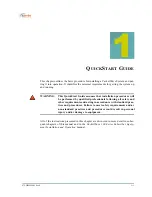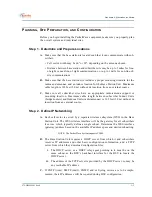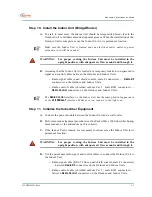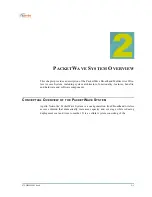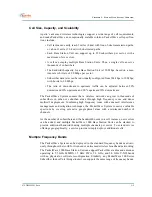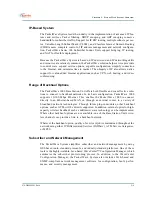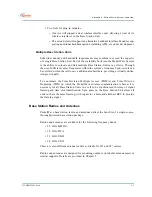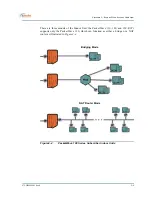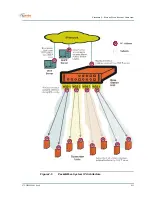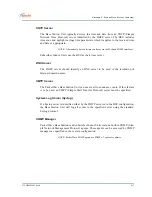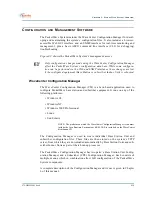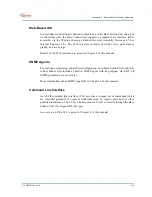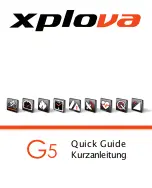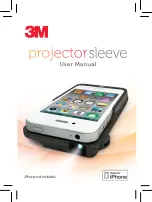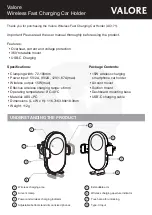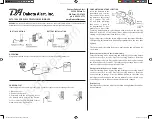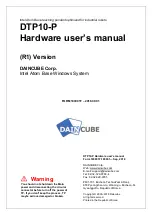
2–7
070-20000340-01 Rev A
C
HA PTER
2. P
A CK ET
W
A VE
S
Y STEM
O
VER VIEW
• Two slots for plug-in modules.
-
One slot will support a dual wireless interface unit, allowing a total of six
wireless interfaces in the Base Station Unit.
-
The second slot will support an alternative backhaul interface. Modules sup-
porting additional backhaul options, including ATM, are under development.
Multiple Base Station Units
Subscriber density and bandwidth requirements may combine to exceed the capacity
of a single Base Station Unit. Part of the scalability built into the PacketWave System
is the ability to colocate and link multiple Base Station Units at a cell site. Through
the use of different center frequencies within the system’s frequency band, sectors can
be overlaid within the cell to serve additional subscribers, providing a virtually unlim-
ited growth path.
To coordinate the Time Division Multiple Access (TDMA) and Time Division
Duplexing (TDD) on which the PacketWave wireless communication is based, it is
necessary for all Base Station Units in a cell to be synchronized in terms of signal
framing and time slot identification. Sync ports on the Base Station Unit allow all
units to share the same framing, with inputs for a main and alternate BSU to provide
the framing signal.
Base Station Radios and Antennas
PacketWave base station radios and antennas deliver the benefits of a single-source,
thoroughly-tested base station package.
Radios and antennas are available for the following frequency bands:
• 2.5 GHz MMDS
• 3.5 GHz FWA
• 5.3 GHz U-NII
• 5.8 GHz U-NII
There are also different antenna models available for 60° and 90° sectors.
Radios and antennas are designed for mounting outdoors on tubular antenna masts or
similar supports. Details are provided in Chapter 5.

